Pine Tree Blanket
by Alice Kalush
patterns >  Alice Kalush's Ravelry Store
Alice Kalush's Ravelry Store
> Pine Tree Blanket


Pine Tree Blanket
Copyright 2025 by Alice Kalush
© 2016 by Alice Kalush
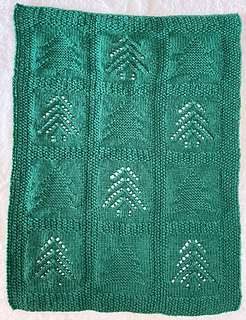
Valentine's Pine Tree Doll Blanket 17 by 21. 5 inches Copyright 2025 by Alice Kalush
© Alice Kalush
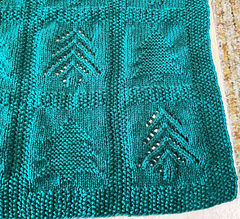
Starting Corner
Copyright 2025 by Alice Kalush
© Alice Kalush

Lace Tree - Front Side
Copyright 2025 by Alice Kalush
© Alice Kalush
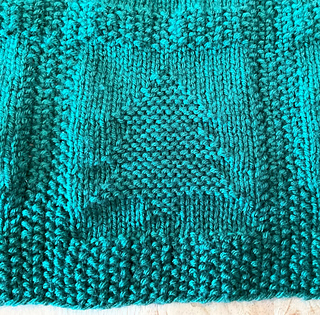
Garter Tree - Front Side
Copyright 2025 by Alice Kalush
© Alice Kalush
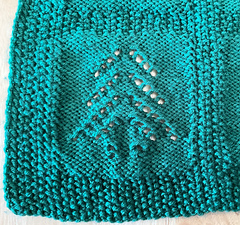
Lace Tree - Back Side
Copyright 2025 by Alice Kalush
© Alice Kalush
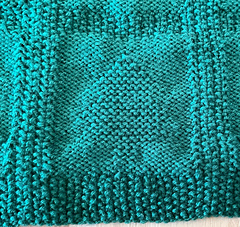
Garter Tree - Back Side
Copyright 2025 by Alice Kalush
© Alice Kalush
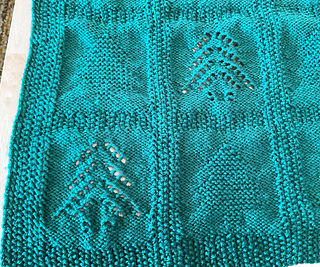
Starting Corner - Back Side
Copyright 2025 by Alice Kalush
© Alice Kalush

by SallyAnnR

by SallyAnnR
Pine Tree Blanket
by Alice Kalush
This pattern is available as a
free Ravelry download
This pattern contains garter and lace pine trees with a moss stitch border.
8-9 230 yd skeins
4/1/2025 - Replaced k3tog in Lace Tree with slip 1, k2tog, psso . This looks better and that’s what I actually did in the photos. I also added Explanation About How to Avoid Mistakes With Lace Patterns to the document.
11/5/2020:
Added directions for a Worsted Weight version of the pattern.
Added directions for the slip stitch at the beginning of each row.
About this pattern
About this yarn
by Hobby Lobby
DK
100% Acrylic
230 yards
/
70
grams
7119 projects
stashed
3288 times
rating
of
4.3
from
808 votes
More from Alice Kalush
- First published: December 2016
- Page created: December 23, 2016
- Last updated: July 24, 2025 …
- visits in the last 24 hours
- visitors right now




